Stepping into a Brazilian churrascaria is an experience that engages all the senses. The rich aroma of sizzling meat, the warm and lively atmosphere, and the sight of skilled passadores (meat waiters) moving gracefully between tables with giant skewers create an immediate and unforgettable impression. This is not merely a meal; it is a culinary event steeped in tradition, a celebration of gaúcho culture that demands a certain level of understanding to be fully appreciated. While the concept of all-you-can-eat meat seems straightforward, navigating the experience with grace and knowledge elevates it from a simple dinner to a memorable cultural immersion.
The cornerstone of the churrascaria system is the unique service method. Upon being seated, you will be presented with a small disk, often made of wood or plastic, that is one of the most important tools for managing your meal. One side is green, and the other is red. This simple device is your direct line of communication with the passadores. Flipping it to the green side is an open invitation, a signal that you are ready and eager to receive a continuous parade of expertly grilled meats. When you need a pause to breathe, converse, or simply enjoy your side dishes, turning it to red tells the attentive staff to temporarily bypass your table. It is a non-verbal, efficient, and polite system that puts you in complete control of the pace of your meal.
When a passador approaches your table after seeing the green signal, they will announce the specific cut of meat they are carrying. This is your moment to engage. It is perfectly acceptable to ask questions about the cut, its preparation, or its doneness. A knowledgeable passador takes pride in their craft and is usually happy to explain. If the offering appeals to you, you will use the provided tongs to steady the meat while the passador slices a portion directly onto your plate. It is considered proper etiquette to use your tongs to grasp the meat, preventing it from falling and assisting the server. Attempting to use your own utensils or fingers to pull the meat from the skewer is a significant faux pas.
A common mistake first-time visitors make is piling their plates high with the first few offerings. The sheer variety is astounding, and patience is key. The procession of meats is designed to be continuous, featuring everything from familiar cuts like picanha (the prized top sirloin cap) to more adventurous options like coração de frango (chicken hearts) or linguica (a flavorful sausage). The strategy is to take small samples of each new item that interests you. This allows you to taste the incredible range of flavors without becoming full too quickly. Remember, you can always signal for more of a particular favorite later in the meal. This approach ensures you experience the full spectrum of what the churrascaria has to offer.
While the succulent roasted meats are undoubtedly the stars of the show, they are complemented by an elaborate salad and hot bar, known as the rodizio. This is not an afterthought; it is an integral part of the meal. The bar is typically laden with fresh greens, imported cheeses, steamed vegetables, traditional Brazilian dishes like feijoada (a black bean stew), farofa (toasted manioc flour), fried bananas, and creamy potato salad. These items are not meant to fill you up before the main event but to cleanse your palate between different meats and provide contrasting textures and flavors that enhance the overall dining experience. A bite of juicy picanha followed by a taste of tangy vinaigrette-dressed salad or a spoonful of feijoada creates a harmonious balance on your palate.
Beverage pairing is another aspect to consider. A robust red wine, such as a Malbec or a Cabernet Sauvignon, is a classic and excellent choice to stand up to the powerful flavors of grilled meat. In Brazil, however, the national cocktail, the Caipirinha, made with cachaça, lime, and sugar, is a ubiquitous and refreshing accompaniment. Ice-cold beer is also a very popular and satisfying option. These beverages cut through the richness of the fat and provide a refreshing counterpoint to the savory feast. It is wise to stay hydrated throughout the meal, as the protein-rich nature of the dinner can be surprisingly demanding.
Dining at a churrascaria is inherently a social event, a feast meant to be shared and enjoyed over hours of conversation and laughter. The pace is meant to be leisurely. Rushing through the meal contradicts the very spirit of the experience. It is a time to relax, enjoy the company of your tablemates, and savor each new taste sensation. The constant, gentle activity in the dining room—the movement of the passadores, the clinking of glasses, the murmur of conversation—creates a vibrant and energizing backdrop for a long, drawn-out celebration.
As the meal draws to a close and you can no longer imagine another bite, ensure your disk is firmly placed on the red side. It is considered wasteful to take more food than you can possibly eat, so only accept final slices that you are certain you will finish. When the server comes to clear plates, a simple and sincere "obrigado/obrigada" (thank you) is always appreciated. While the price is typically fixed, tipping culture varies by country. In Brazil, a serviço (service charge) of 10% is often included in the bill. In the United States and other countries, leaving a gratuity of 15-20% for the waitstaff and passadores is standard practice for the exceptional level of service provided. Leaving the table a mess or with excessive wasted food is frowned upon.
Ultimately, the etiquette of a churrascaria is built on a foundation of respect: respect for the food, respect for the cultural tradition, and respect for the staff working diligently to provide you with an extraordinary experience. It is about understanding the rhythm of the rodizio, engaging with the process, and appreciating the artistry involved in grilling each perfect cut of meat. By embracing these unwritten rules, you do more than just eat; you participate in a cherished Brazilian tradition, ensuring your visit is both enjoyable for you and respectful of the rich culture it represents. The goal is to leave not only utterly satisfied but also with a deeper appreciation for this unique and magnificent style of dining.
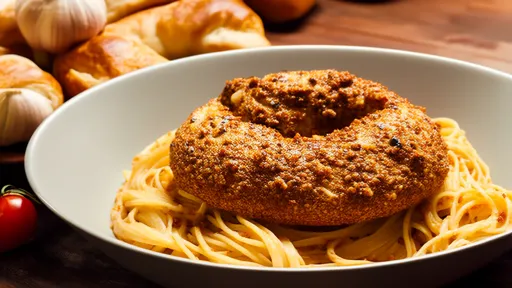
By /Aug 20, 2025

By /Aug 20, 2025

By /Aug 20, 2025
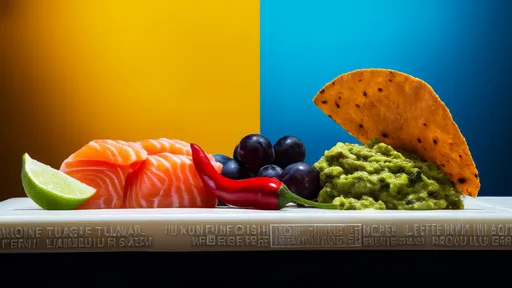
By /Aug 20, 2025
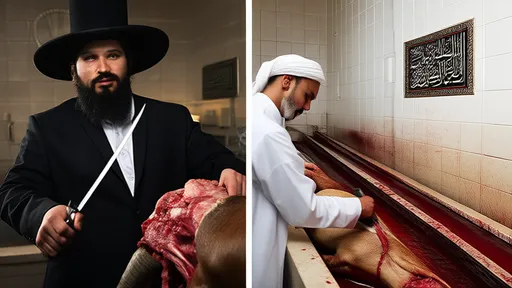
By /Aug 20, 2025

By /Aug 20, 2025
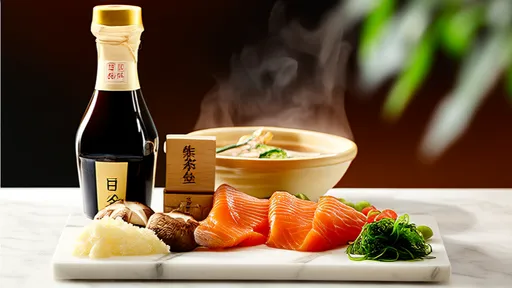
By /Aug 20, 2025

By /Aug 20, 2025

By /Aug 20, 2025

By /Aug 20, 2025
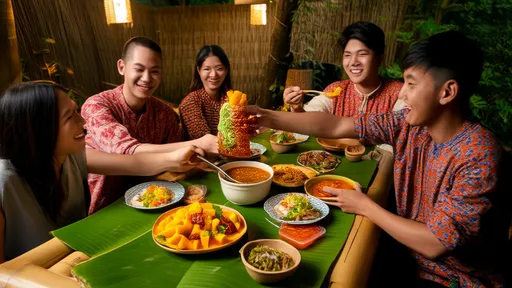
By /Aug 20, 2025

By /Aug 20, 2025
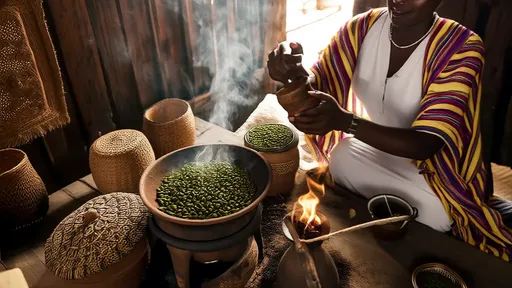
By /Aug 20, 2025
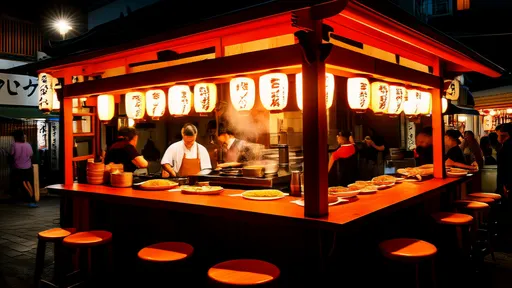
By /Aug 20, 2025
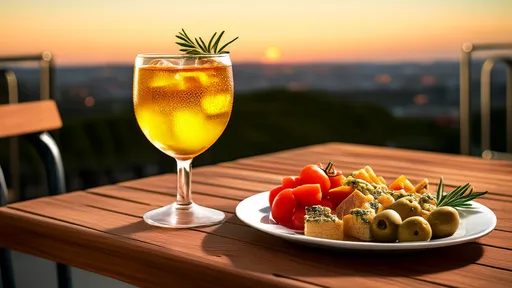
By /Aug 20, 2025

By /Aug 20, 2025

By /Aug 20, 2025

By /Aug 20, 2025
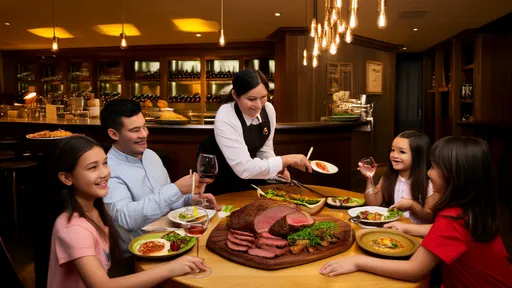
By /Aug 20, 2025

By /Aug 20, 2025